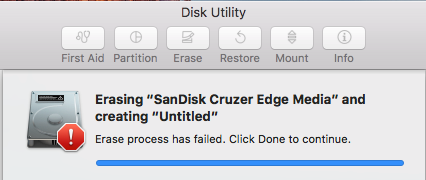

For example, false error messages occasionally appear. Unfortunately, live verification, which first appeared in Tiger, still has bugs in Leopard. If the Enable Journaling button in the Disk Utility toolbar is dimmed, the feature is already turned on. Check the Disk Utility toolbar to make sure journaling is enabled for your disk volumes. If a verify gives your startup volume a clean bill of health, you’ve avoided the hassle of restarting and booting from a DVD just to run Repair Disk.Įnable Journaling Verifying the current startup volume, or live verification, will only work for volumes with journaling enabled. Verify Disk, on the other hand, can be selected, even for the current startup volume. Select Disk Utility from the Utilities menu, choose your regular startup volume, and click on Repair Disk. This will make your Mac boot from the system software on the DVD instead of the software on your hard drive.

Insert the DVD and then hold down the C key at startup. The most common way to fix this problem is to restart from the Leopard Install DVD (or the Install DVD that came with your Mac). Repair Disk Button Dimmed? When you try to choose the current startup volume, the Repair Disk button is dimmed. This is useful if you don’t want to risk modifying your disk yet (perhaps because you want to back up first). When you verify, the utility checks for problems but doesn’t make any repairs, even if problems are found. Verify or Repair? Disk Utility gives you a choice of Verify Disk or Repair Disk. Make sure you have the latest Leopard-compatible version. If Disk Utility finds errors it is unable to fix, you’ll need a more powerful repair utility, such as Alsoft’s $80 DiskWarrior or Micromat’s $98 TechTool Pro. If you selected Repair Disk, and the Disk Utility claims to have found errors but fixed them, select Repair Disk again, just to make sure. This kind of repair can potentially fix almost any ailment, from an inability to open a document to a complete failure to start up. This tool attempts to repair problems in a disk’s directory, which keeps track of where everything on your disk is physically stored. On the other hand, you can run Repair Disk on any volume, even one without Mac OS X installed. You can only repair disk permissions on a disk with OS X installed. If Mac OS X programs won’t open or are acting oddly, a permissions problem can be the culprit. OS X uses Unix permissions settings to determine your read and write access to files. Repair Disk Permissions fixes faulty permissions settings for all files installed as part of a Mac OS X installation. They’re quite different and you may want to run both. Use Disk Utility’s First Aid tab to repair disk permissions or make more general disk repairs.What to Fix? Decide if you need to Repair Disk Permissions or Repair Disk.


 0 kommentar(er)
0 kommentar(er)
